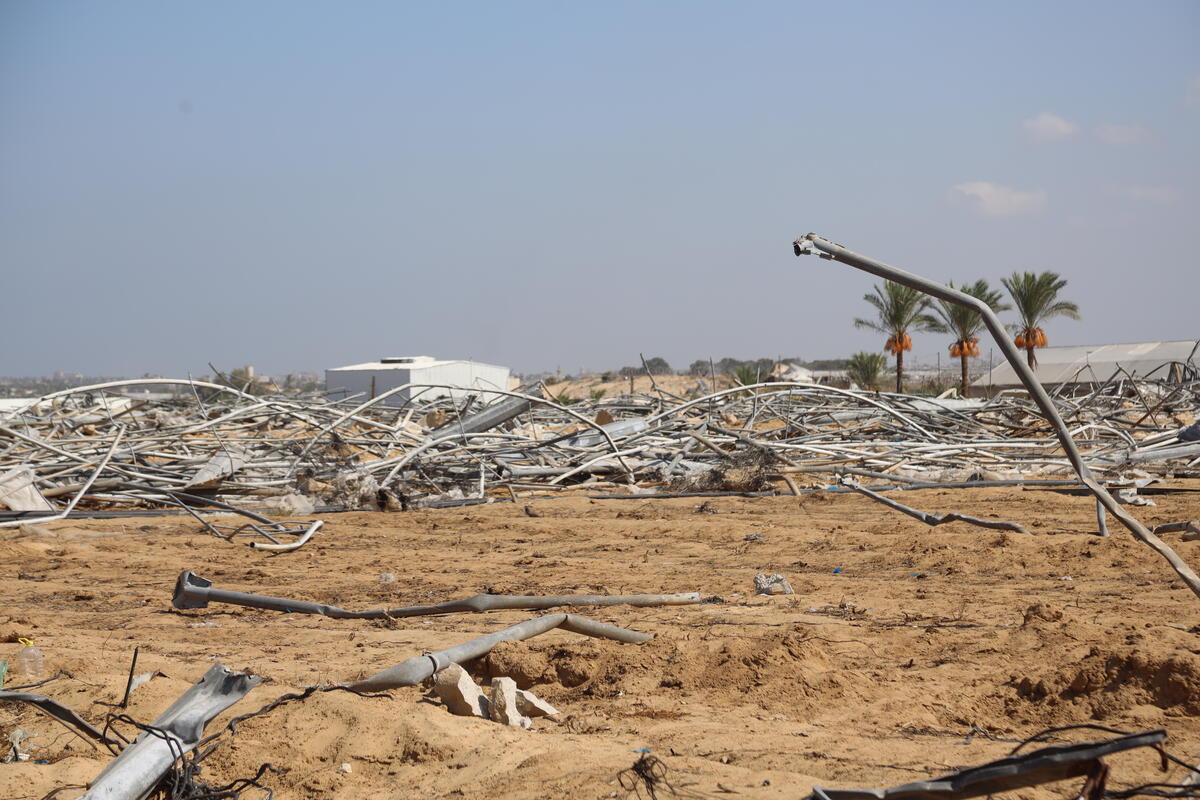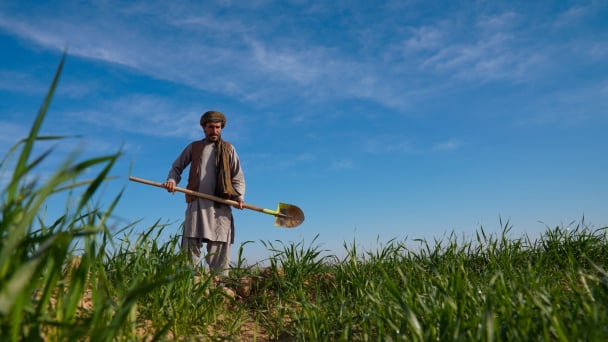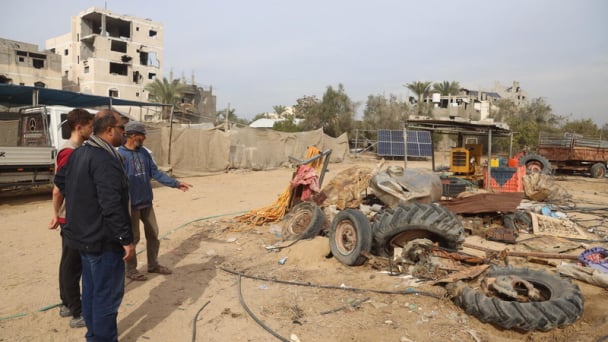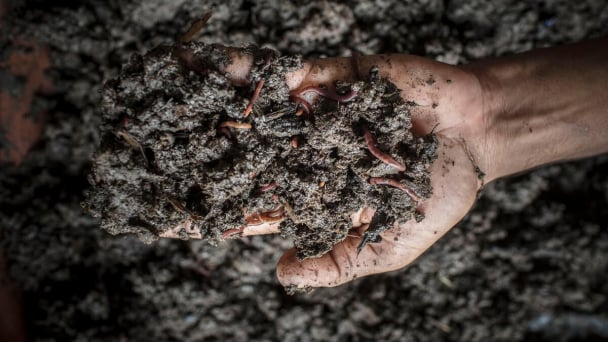August 12, 2025 | 08:18 GMT +7
August 12, 2025 | 08:18 GMT +7
Hotline: 0913.378.918
August 12, 2025 | 08:18 GMT +7
Hotline: 0913.378.918

Photo: FAO/Yousef Alrozzi.
As famine looms in the Gaza Strip, a new assessment conducted by the Food and Agriculture Organization of the United Nations (FAO) and the United Nations Satellite Centre (UNOSAT) through satellite imagery reveals a staggering reality: 98.5 percent of cropland in the Gaza Strip is either damaged, inaccessible, or both.
This means that only 1.5 percent of cropland in Gaza – 232 hectares – is currently available for cultivation, down from 4.6 percent (688 hectares) as of April 2025, in a territory with over 2 million people.
Satellite imagery also indicates that 12.4 percent of cropland, although undamaged, is not accessible due to designated "no go" zones.
The combination of this extremely limited cropland availability, the impact of a relentless conflict, severe restrictions on the delivery and distribution of humanitarian assistance, and widespread destruction of critical infrastructure – including irrigation systems, roads, equipment, storage facilities, and markets – has led to catastrophic food security conditions across Gaza.
Addressing this crisis requires urgent safe and sustained humanitarian access, as well as immediate investments and support to restore local food production and basic livelihoods.
“To prevent further suffering, we need to prioritize urgent humanitarian access and invest in restoring Gaza’s local agrifood production systems, markets, and infrastructure. This includes both regaining safe access to farmland and rehabilitating land and assets damaged by the conflict,” said Rein Paulsen, Director of FAO's Emergencies and Resilience.
Catastrophic food crisis
FAO and UNOSAT’s cropland assessment follows the Integrated Food Security Phase Classification (IPC) alert issued on July 29, which indicated that the worst-case scenario of famine is currently unfolding in the Gaza Strip.
The latest data reveals that over one in three people (39 percent) are going days without food. More than 500,000 people – nearly a quarter of Gaza's population – are experiencing famine-like conditions, while the rest face emergency levels of hunger.
In response to the IPC alert, FAO, the World Food Programme (WFP) and UNICEF have urgently called for:
(FAO)

(VAN) Officials are debating how to placate farmers’ need for migrant labor without appearing to offer amnesty to undocumented immigrants.

(VAN) New partnership to help over 150,000 people enhance food production, incomes and climate resilience across 15 provinces by May 2026.

(VAN) Floods that damaged hydropower dams in Nepal and destroyed the main bridge connecting the country to China show the vulnerability of infrastructure.

(VAN) Immediate and sustained ceasefire and unhindered humanitarian access are critical to avert imminent Famine.

(VAN) FAO-led publication outlines structure and highlights agenda including new harmonized indicators and capacity building accessible to all.

(VAN) Energy group experts left after draft guidance on global warming plans ‘did not reflect the industry view’.